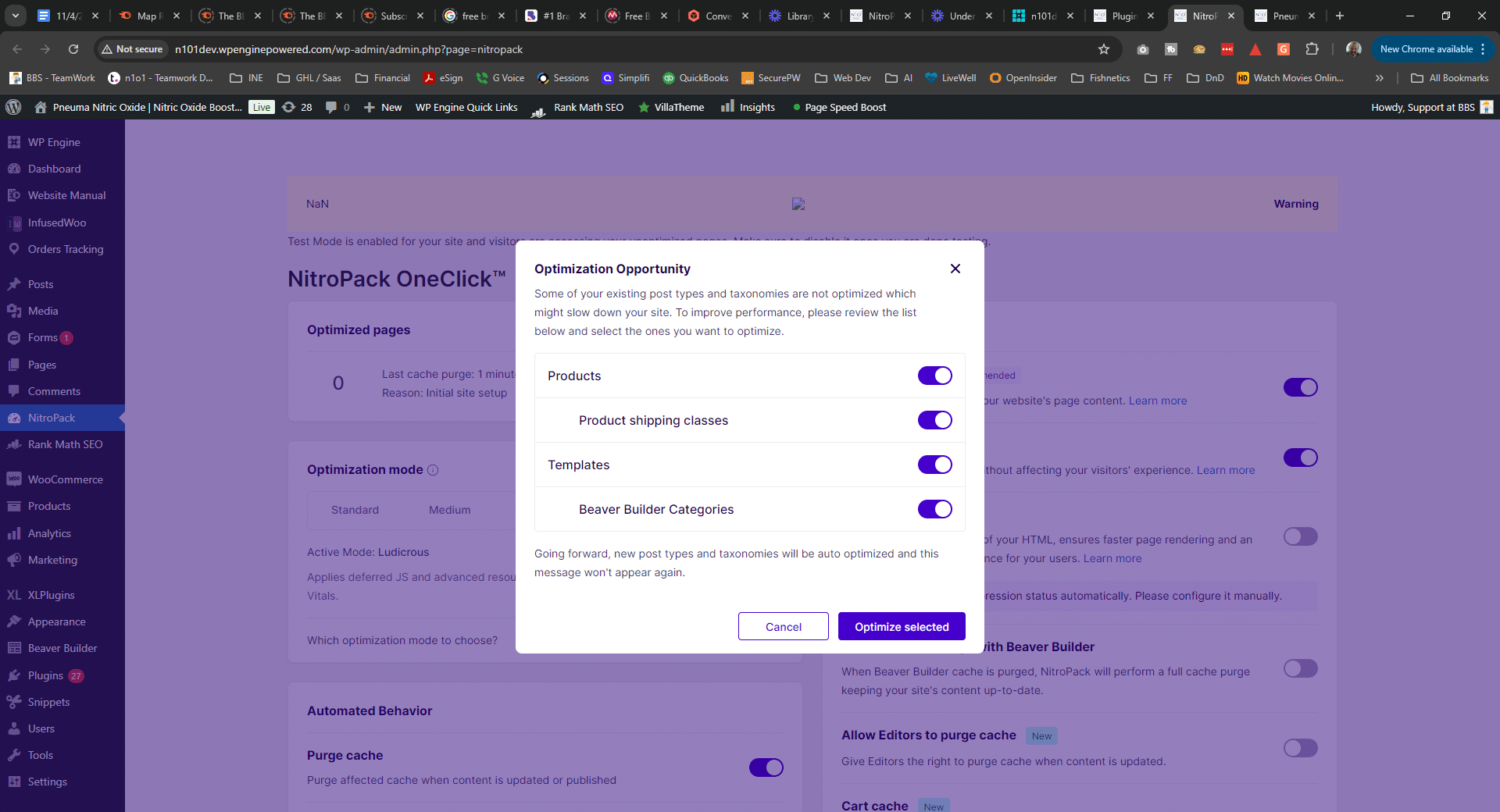Exceptional brands start with exceptional stories. Storytelling has been an effective way to share informtion and make valuable connections for as long as anyone can remember. Digital storytelling is the 21st century way to make consumers feel personally connected to the brands they buy from and reach a target audience on a whole new level. Digital storytelling uses highly engaging and emotionally compelling elements like music and content on videos, imagery, words, tweets, ads, etc. This is extremely beneficial to your brand because it reminds your audience that you are human, which fosters a sense of community and loyalty. It adds value to your audience’s lives in a way that resonates with them, which then inspires them to share your brand’s products or services with others. Keep reading to learn how to use digital storytelling in your business or reach out to us at Prebuilt Sites or The BBS Agency if you want us to handle it for you. We’d love to help you out!
People have been using storytelling to share information and make valuable connections for as long as anyone can remember. Digital storytelling is the 21st century’s answer to story-driven marketing. Here’s how it can help you better meet your business goals.
Technology is an increasingly important part of just about everything people do here in the digital age.
They rely on it to stay in touch with loved ones, earn their livings, and keep themselves entertained in their off-hours.
It’s a massive part of how people organize, tell, and share their essential narratives, as well, including throughout the marketing world.
That said, today’s consumers want more than just terrific products to buy and services that make their lives easier.
They want to feel personally connected to the brands they buy from, and smooth storytelling is the key to giving it to them.
Digital storytelling combines the power of a good marketing story with innovative modern tools to reach a target audience on a new level.
Here’s what you need to know to integrate it into your ongoing business strategy.
- What is Digital Storytelling?
- What are the Key Elements of Digital Storytelling?
- What are the Benefits of Digital Storytelling?
- How to Build a Digital Storytelling Strategy
- Wrap Up: Exceptional Brands Start with Incredible Stories
What is Digital Storytelling?
Traditional storytelling, as it’s existed for years, uses physical tools and materials to convey information and make a point.
Think pens or pencils, paper, records, tapes, physical film, original artwork, and so forth.
Digital storytelling accomplishes the same thing, only via digital tools, materials, and communication methods.
Of course, many digital storytelling methods use expected elements like video, digital imagery, written text, and audio. However, they may also include social media material like tweets or Instagram stories, as well as interactive content.
Digital stories at their best are designed to be highly engaging and emotionally compelling, the better to make a connection with a target audience.
They can also cover a lot of ground and include many formats — everything from fictional hypertext stories to elaborate interactive experiences designed to explain complex social concepts.
What are the Key Elements of Digital Storytelling?
Although digital storytelling can be applied in lots of different practical contexts, there are still certain elements that should be kept in mind, as suggested by concept pioneer Joe Lambert.
Lambert and other digital storytelling experts don’t believe in adhering to a formula that leaves no room for creativity.
However, the seven elements of digital storytelling, as presented by the Center for Digital Storytelling (CDS) in Berkeley, California, provide an excellent foundation from which to start.
1. Point of View
Every good story contains a little touch of the creator’s personal point of view.
It’s what sets an idea that’s been approached many times apart from the rest of the pack and gives it impact.
The author’s unique point of view also provides a compelling framework for the concepts the audience is meant to realize by the end of the narrative.
2. Dramatic Question
Every great digital story includes a dramatic question as a centerpiece.
Its purpose is to capture and hold the audience’s attention throughout the narrative. Then, of course, the question is answered at the end as part of the payoff for sticking around.
Gifted storytellers often further seek to keep the narrative exciting by dodging established expectations associated with the dramatic question.
3. Emotional Content
People love stories that make them come alive on a deeper level, so emotion is integral to any successful digital story.
Everyone can relate to inevitable fundamental struggles and journeys — like love and loss, life and death, loneliness and connection.
Stories that include these elements in meaningful ways grab hold of an audience and compel them to give the narrative their full attention from start to finish.
4. Storyteller’s Voice
In a day and age that finds many people choosing text or instant message over phone calls on an in-person chat, hearing a voice is a powerful experience.
That said, a remarkable story verbally told in the narrator’s own voice has a personal quality that’s hard to get any other way.
Tone, pitch, timber, and all the other little personal qualities an individual voice can have underscore the story’s meaning and help establish a deeper connection with the audience.
5. Pacing
Great stories are like great songs in that each has a particular rhythm to it.
In fact, Joe Lambert himself considers flow and pacing to be the secret sauce for successfully executed storytelling.
Using a combination of skill and well-chosen audio-visual elements can help control a story’s pace, speeding it up or slowing it down as needed, for an all-around effective experience.
6. Soundtrack
Speaking of how the proper audio effects can enhance how a digital story plays out, it’s crucial to consider the soundtrack.
Music and sound effects can add so much depth to a narrative and create powerful emotional cues that help an audience respond the way you’d like them to.
Many digital storytellers find adding the soundtrack at the end of the process as a finishing touch to be the best approach.
7. Economy
One of the keys to great digital storytelling is knowing the difference between being thorough and overwhelming an audience with too much information.
The most effective digital stories are on the short side and use visual elements wisely to create rich narratives that remain approachable from start to finish.
Economy not only keeps the practical execution of the story manageable but encourages storytellers to concentrate on only the most crucial elements of a project.
What are the Benefits of Digital Storytelling?
While digital storytelling is without a doubt a trendy, contemporary way to get your marketing messages across, the benefits go far beyond simply being in step with the times.
Here’s a look at some of the most important ones.
It humanizes your brand
While today’s consumers, without a doubt, want excellence and convenience in the products and services they buy, they’re also looking for something more.
They want to buy from brands they feel a personal connection to — brands that make them feel their buying decision has real meaning.
Digital storytelling is a powerful way to answer your audience’s burning questions while simultaneously humanizing your brand.
It generates highly shareable content
If you really want to produce epic stories with legs to them, it’s not enough to simply capture and hold your audience’s attention.
You also need to inspire them to share your content with other people.
Digital stories allow you to create optimal content for more different platforms, as well as engage people on the level necessary to get them smashing that share button.
It delivers genuine value to your audience
One of the most innovative things a brand can do to endear itself to its target demographic is to distinguish itself as a go-to source for valuable content.
Digital storytelling doesn’t just give you a way to convince people they should buy from you by sharing the benefits of your catalog in a way that resonates.
It’s also a means by which you can empower, inform, and inspire your audience.
It’s an effective SEO booster
Keeping your website correctly search-engine-optimized is naturally among your top concerns as a business owner or marketing professional.
Digital storytelling gives you a powerful boost in this arena by:
- Encouraging widespread social sharing.
- Fortifying your ongoing catalog of quality backlinks.
- Filling your website or blog with a steady stream of valuable multimedia content.
It sets you apart from everyone else
Content is still very much king here in the digital age, but being a whiz at producing amazing content with value isn’t enough to propel your brand to the top of the heap.
Your fiercest competition is good at content production, as well. But they don’t have your unique brand identity or storytelling voice.
Those things are the only things that can genuinely set a content producer apart in a sea of content, and digital storytelling is a perfect showcase for them.
It fosters a sense of community
People are social animals. Even very introverted people sometimes want to feel connected to others and need to feel like they belong somewhere.
Digital storytelling is a powerful way to meet these critical needs for your customers.
So consider the space you’d like to create for your audience (is it privileged, environmentally responsible, socially aware?). Then use digital stories to associate your brand with those values.
It builds lasting loyalty
Repeat business is everything when it comes to making a success of your brand.
Being overly promotional or egocentric may seem like the way to get ahead. But while that may snag you a few sales initially, it doesn’t foster lasting relationships with customers or cultivate true loyalty.
Digital storytelling does nurture those connections by helping your audience feel supported and empowered instead of exploited.
How to Build a Digital Storytelling Strategy
Great digital stories definitely start with equally great ideas, but that’s not all there is to building an associated strategy that yields results.
Here are some tips for making sure your stories resonate with your audience and propel your brand toward success.
#1. Be genuine
Your digital storytelling campaign is your company’s chance to set yourself apart in all the ways that will get you ahead in today’s digital marketing landscape.
And digital stories are best when they’re authentic, genuine, and come straight from the heart.
Use your narratives to not only convey your most important brand messages but add depth and emotional nuance to them.
You can do this as humorously or seriously as you like. Just make sure it’s also genuine.
#2. Prioritize multi-device optimization
Don’t get so caught up in the process of telling your story that you forget the nuts and bolts of what helps content succeed in today’s digital environment.
Although many people still access content via standard desktop systems or laptops, mobile is increasingly preferred across many demographics.
Make sure your digital stories are easy to view and interact with across multiple devices, including smartphones and tablets.
Content that doesn’t display correctly (or at all) on a person’s device of choice could leave them with a poor impression of the brand behind it.
#3. Let data be your guide
As with any other type of marketing campaign, a digital storytelling strategy always grows from a data-rooted place.
Yes, a digital story gives you lots of room to be creative, but don’t let that overshadow the facts you already know about your existing or potential audience.
Who is your buyer persona? What tone, language, and communication styles have proven most effective with them in the past? What are their interests, dreams, pain points, and values?
Always tailor your stories to your chosen audience. They’re so much more likely to resonate the way you want them to.
#4. Be realistic
Again, there’s nothing wrong with reaching for the stars or pushing the limits of what you want your brand to achieve. But it’s essential to be realistic, too.
Always scale your stories so that they’re doable within your allotted timeframe and budget.
A more efficient story that’s shorter or simpler is going to be infinitely more effective than a longer, more elaborate story that feels rushed or incomplete because the team behind it ran out of time or resources.
#5. Keep track of your results
No matter how creative or innovative, every good marketing campaign has a clearly defined goal at its center.
What are you hoping to achieve with your digital storytelling strategy? What metrics will you use to determine whether or not it was successful?
Consider testing your story ideas using multiple versions of the same ones. Apply different tools, platforms, and approaches to each as needed.
Then compare your results, and let them be your guide for future projects.
Wrap Up: Exceptional Brands Start with Incredible Stories
Whether you’re officially ready to tackle compelling digital stories or still fine-tuning the details of your existing marketing efforts, there’s one skill that will always make the difference in the end — the ability to tell an incredible story.
But storytelling is a skill that must be learned and mastered.
Take the next step today, and check out our extensive guide on creating incredible interactive stories that resonate with your target audience and get you results.
You’ll learn everything from the benefits of interactive storytelling to the details of how to get started yourself.
Originally posted on Rock Content by Shannon Hilson.





